Home>Technology>Smart Home Devices>Where To Place A Wi-Fi Router In A 2-Story House
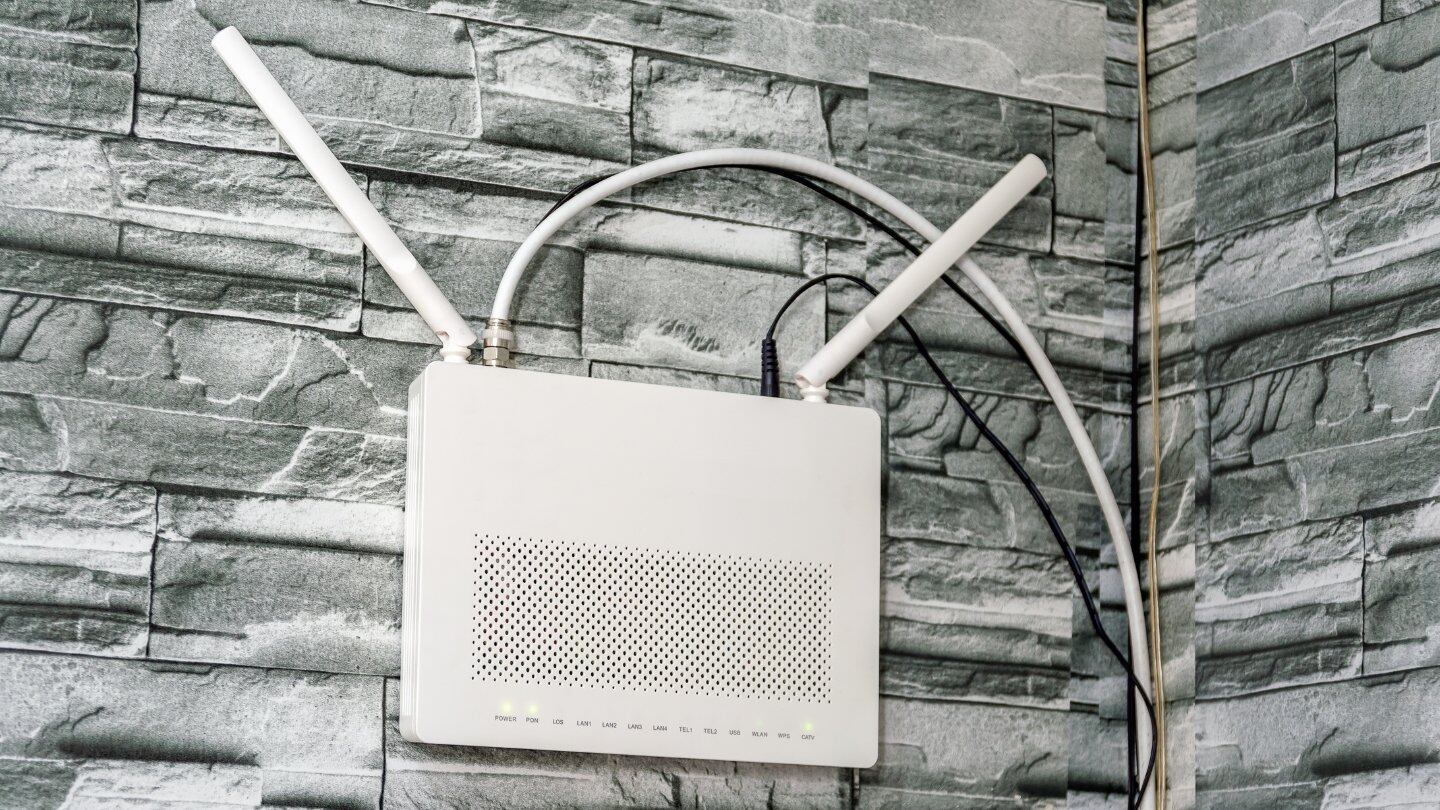

Smart Home Devices
Where To Place A Wi-Fi Router In A 2-Story House
Published: January 5, 2024
Find the best location for your Wi-Fi router in a 2-story house to optimize connectivity for your smart home devices. Improve your network performance today!
(Many of the links in this article redirect to a specific reviewed product. Your purchase of these products through affiliate links helps to generate commission for Storables.com, at no extra cost. Learn more)
Introduction
Welcome to the age of smart homes, where every device seems to be connected to the internet. From smart TVs to voice-activated assistants, the modern household is filled with Wi-Fi-dependent gadgets. However, the efficiency and reliability of these devices heavily rely on the strength and stability of the Wi-Fi signal, which in turn is greatly influenced by the placement of the Wi-Fi router.
In a two-story house, finding the optimal location for your Wi-Fi router can be a bit more challenging than in a single-story dwelling. Factors such as the layout of the house, the presence of obstructions, and the specific needs of the occupants all play a crucial role in determining the best placement for the router. In this article, we’ll explore the various factors to consider when deciding where to place a Wi-Fi router in a two-story house, the best placement options, common mistakes to avoid, and ultimately, how to ensure a strong and reliable Wi-Fi signal throughout your home.
Key Takeaways:
- Find the perfect spot for your Wi-Fi router in a two-story house by considering layout, obstructions, and user habits. Avoid common mistakes like corner placement and outdated hardware for optimal coverage.
- Elevate your Wi-Fi router and consider mesh systems or powerline adapters for strong connectivity on both floors. Don’t forget to update firmware and prioritize network security for a seamless smart home experience.
Read more: What Is The Wi-Fi Router
Factors to Consider
When determining the optimal placement for your Wi-Fi router in a two-story house, several key factors should be taken into account to ensure consistent and reliable coverage throughout the entire space. Understanding these factors will help you make an informed decision that maximizes the performance of your Wi-Fi network.
House Layout and Size
The layout and size of your two-story house are fundamental considerations when deciding where to position your Wi-Fi router. The goal is to place the router in a central location that provides equal coverage to both floors. Additionally, the size and layout of the house will influence the signal strength and potential areas of interference, such as walls, floors, and large furniture.
Obstructions and Interference
Identifying potential obstructions and sources of interference is crucial for optimizing Wi-Fi coverage. Common obstructions include walls, floors, and large appliances, which can attenuate the Wi-Fi signal. Additionally, electronic devices, such as microwaves and cordless phones, can introduce interference, impacting the overall signal quality.
User Habits and Device Distribution
Understanding the habits and device distribution of the household members is essential for tailoring the Wi-Fi coverage to specific needs. For instance, if the majority of devices are used in the living room and bedrooms, the router should be strategically placed to ensure strong signals in these areas. Consideration should also be given to the types of activities performed on the network, such as streaming, gaming, or video conferencing, as these may require different levels of signal strength.
Read more: How To Change Wi-Fi Router To 2.4Ghz
Internet Service Provider (ISP) Connection Point
The location of the ISP connection point, where the internet service enters your home, can influence the placement of the router. While this point is often fixed, understanding its position relative to the rest of the house can help in determining the best location for the router to ensure optimal coverage and connectivity.
Future Expansion and Scalability
Anticipating future expansion and scalability of the network is a proactive approach to Wi-Fi router placement. Considering potential additions of smart home devices, additional users, or the need for greater coverage in specific areas can guide the placement decision to accommodate future needs.
By carefully considering these factors, you can make an informed decision about where to place your Wi-Fi router in a two-story house, ultimately optimizing the performance and coverage of your wireless network.
Best Placement Options
Optimizing the placement of your Wi-Fi router in a two-story house involves considering various options to ensure comprehensive coverage and reliable connectivity throughout both floors. Here are some of the best placement options to maximize the performance of your wireless network:
Centralized Position on the First Floor
Placing the Wi-Fi router in a centralized location on the first floor is a common and effective strategy. This allows the signal to radiate evenly in all directions, providing relatively equal coverage to both the first and second floors. Additionally, this position minimizes the impact of obstructions and interference, enhancing the overall signal strength and quality.
Read more: How To Reset A Wi-Fi Router
Elevated Position
Positioning the router at an elevated location, such as on a shelf or a high piece of furniture, can help extend the range of the Wi-Fi signal. By elevating the router, the signal can propagate more freely throughout the house, potentially reducing the impact of physical obstructions and improving coverage on both floors.
Mesh Wi-Fi Systems
Consider investing in a mesh Wi-Fi system, especially if the two-story house presents challenges for traditional router placement. Mesh systems use multiple access points placed throughout the house to create a unified and seamless Wi-Fi network. This approach can effectively eliminate dead zones and ensure consistent coverage in every corner of the house.
Powerline Adapters
For situations where running Ethernet cables to multiple floors is impractical, powerline adapters offer a viable alternative. These adapters use the electrical wiring in the house to transmit network data, allowing you to position additional access points or extenders on the second floor without the need for complex cabling installations.
External Antenna Orientation
If your router is equipped with external antennas, adjusting their orientation can significantly impact signal propagation. Experiment with positioning the antennas vertically and horizontally to determine the orientation that provides the best coverage on both floors. This simple adjustment can often enhance the overall reach and performance of the Wi-Fi signal.
By exploring these placement options and considering the specific layout and requirements of your two-story house, you can strategically position your Wi-Fi router to achieve optimal coverage and connectivity throughout the entire space.
Read more: Who Invented The Wi-Fi Router
Common Mistakes to Avoid
When it comes to placing a Wi-Fi router in a two-story house, certain common mistakes can hinder the performance and coverage of the wireless network. By being aware of these pitfalls, you can avoid them and ensure that your Wi-Fi setup operates at its best. Here are some common mistakes to steer clear of:
Placing the Router in a Corner
Positioning the router in a corner of the house, especially near the ceiling, can limit the reach of the Wi-Fi signal. Instead, aim to place the router in a central location on the first floor to maximize coverage on both floors and minimize the impact of obstructions.
Ignoring Signal Interference
Failing to account for potential sources of signal interference can lead to degraded Wi-Fi performance. Devices such as cordless phones, baby monitors, and microwave ovens can disrupt the Wi-Fi signal. Avoid placing the router near these devices and be mindful of their impact on signal quality.
Neglecting Firmware Updates
Overlooking firmware updates for the router can result in missed performance enhancements and security patches. Regularly updating the router’s firmware ensures that it operates at its best, with improved stability and potential bug fixes that can affect signal strength and reliability.
Read more: How To Configure A Wi-Fi Router
Using Outdated Hardware
Using outdated or underpowered hardware can limit the capabilities of your Wi-Fi network. Older routers may not support the latest wireless standards and technologies, hindering the overall performance and coverage. Consider upgrading to a modern router with advanced features to optimize your network.
Overlooking Second-Floor Coverage
Focusing solely on first-floor coverage without considering the specific needs of the second floor can lead to inadequate Wi-Fi performance. Ensure that the placement and configuration of the router account for the layout and usage patterns of both floors to provide comprehensive coverage throughout the entire house.
Disregarding Network Security
Neglecting network security measures can leave your Wi-Fi network vulnerable to unauthorized access and potential security breaches. Implementing strong encryption, changing default passwords, and enabling firewalls are essential steps to safeguard your network and ensure a secure Wi-Fi environment.
By avoiding these common mistakes and taking proactive measures to optimize the placement and configuration of your Wi-Fi router, you can enhance the performance, coverage, and security of your wireless network in a two-story house.
Conclusion
Optimizing the placement of a Wi-Fi router in a two-story house is essential for ensuring reliable coverage and strong connectivity throughout the entire space. By considering factors such as the house layout, potential obstructions, user habits, and future scalability, you can make informed decisions to maximize the performance of your wireless network.
When exploring placement options, centralized positioning on the first floor, elevated placement, mesh Wi-Fi systems, powerline adapters, and antenna orientation adjustments offer effective strategies for achieving comprehensive coverage on both floors. Avoiding common mistakes such as placing the router in a corner, neglecting signal interference, and using outdated hardware is crucial for maintaining optimal Wi-Fi performance and reliability.
Ultimately, the goal is to create a Wi-Fi environment that caters to the specific needs of your two-story house, providing seamless connectivity for all your smart devices and ensuring a smooth and uninterrupted online experience for all occupants. By implementing best practices and avoiding common pitfalls, you can create a robust and efficient Wi-Fi setup that enhances the smart home experience in your two-story house.
With careful consideration and strategic placement, your Wi-Fi router can become the cornerstone of a reliable and high-performing wireless network, seamlessly connecting your smart devices and empowering your modern lifestyle.
Frequently Asked Questions about Where To Place A Wi-Fi Router In A 2-Story House
Was this page helpful?
At Storables.com, we guarantee accurate and reliable information. Our content, validated by Expert Board Contributors, is crafted following stringent Editorial Policies. We're committed to providing you with well-researched, expert-backed insights for all your informational needs.
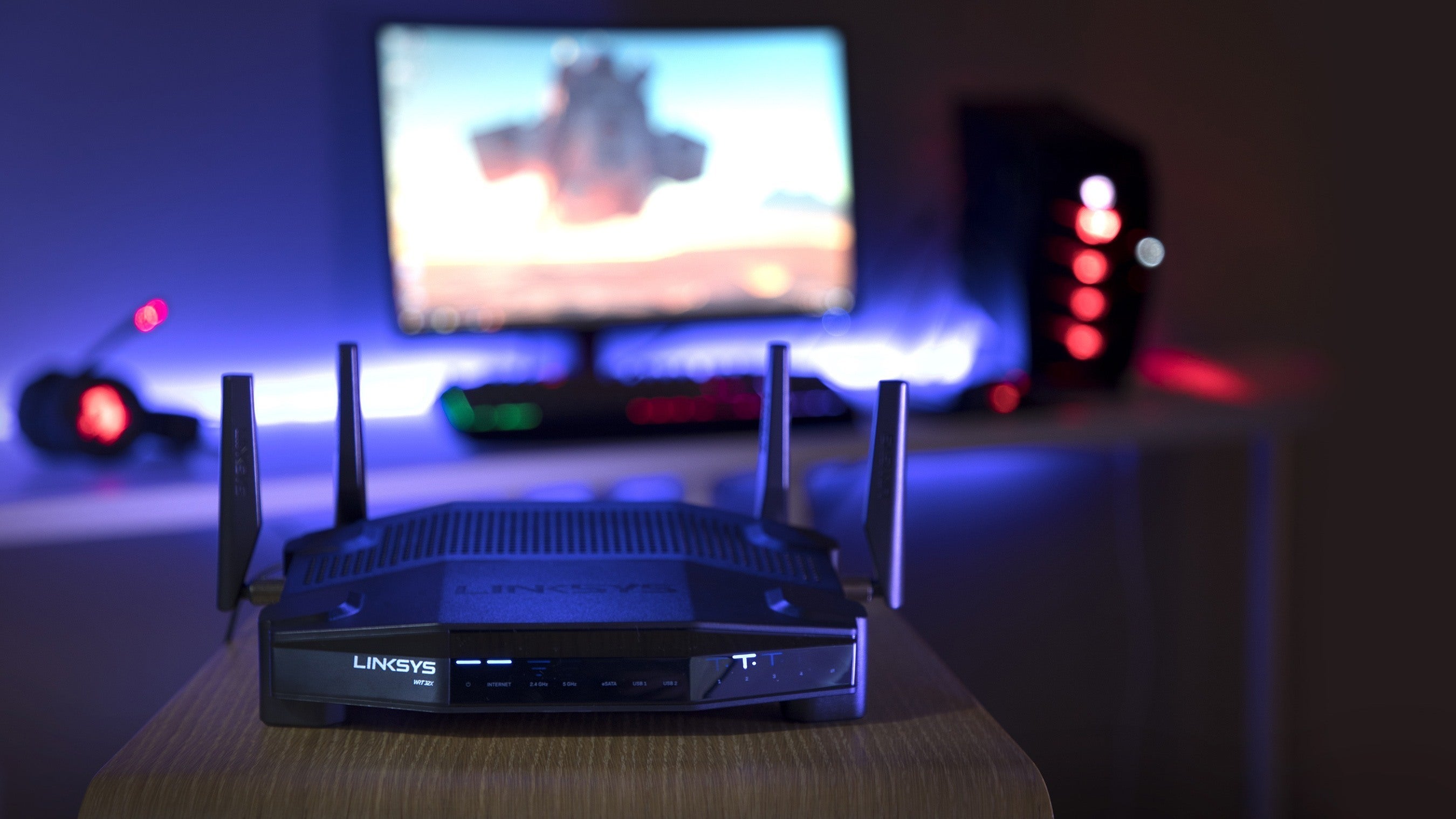
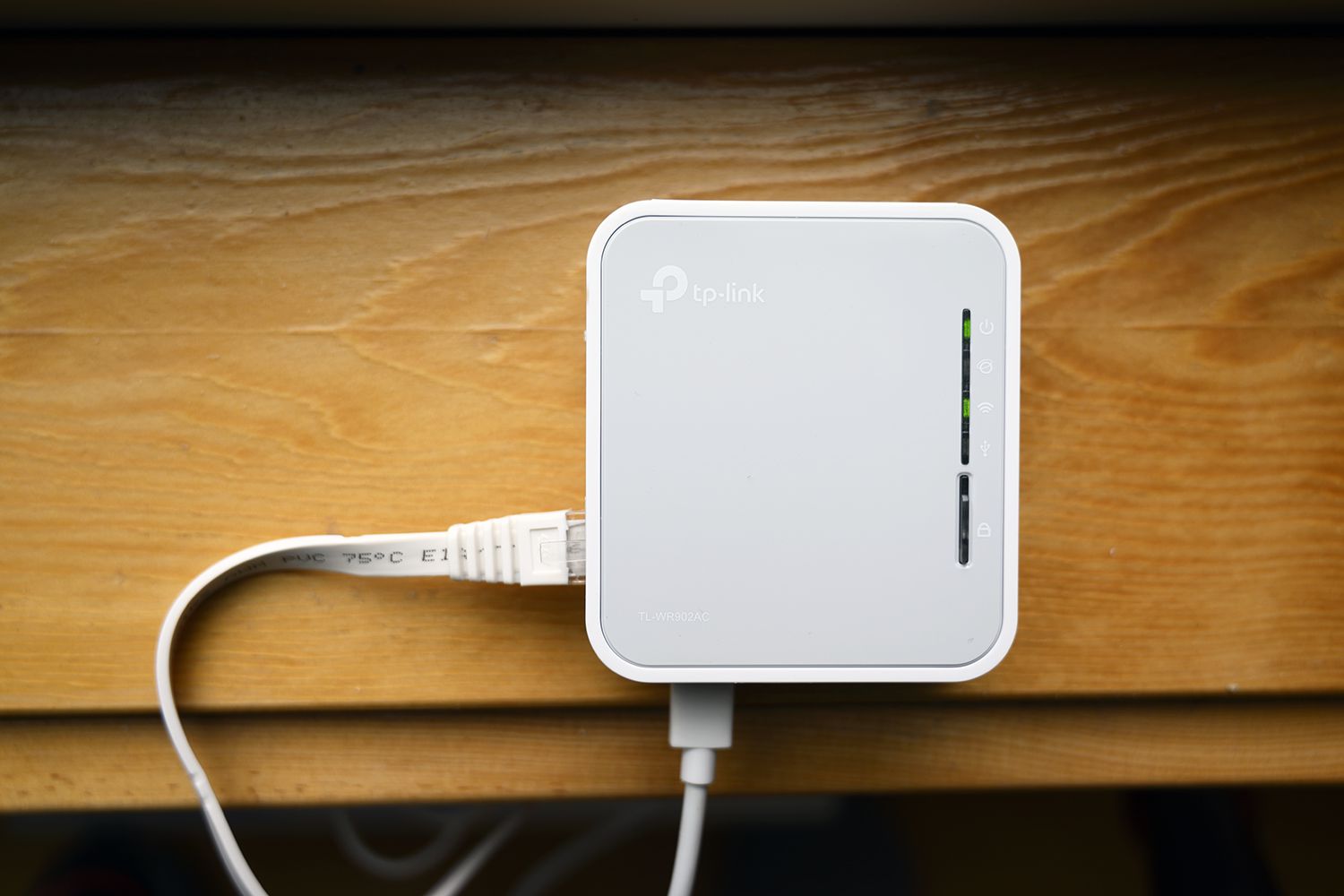
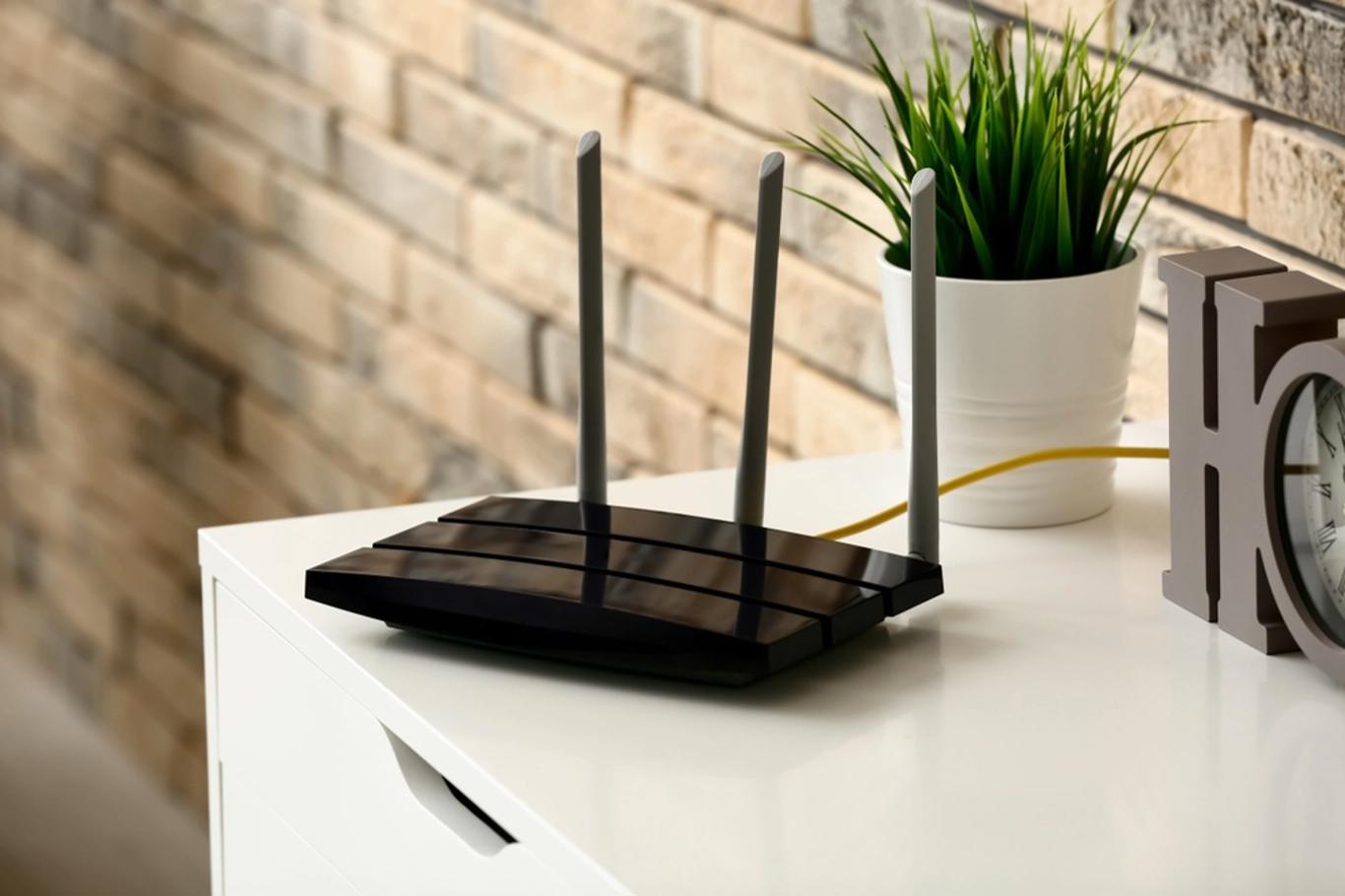
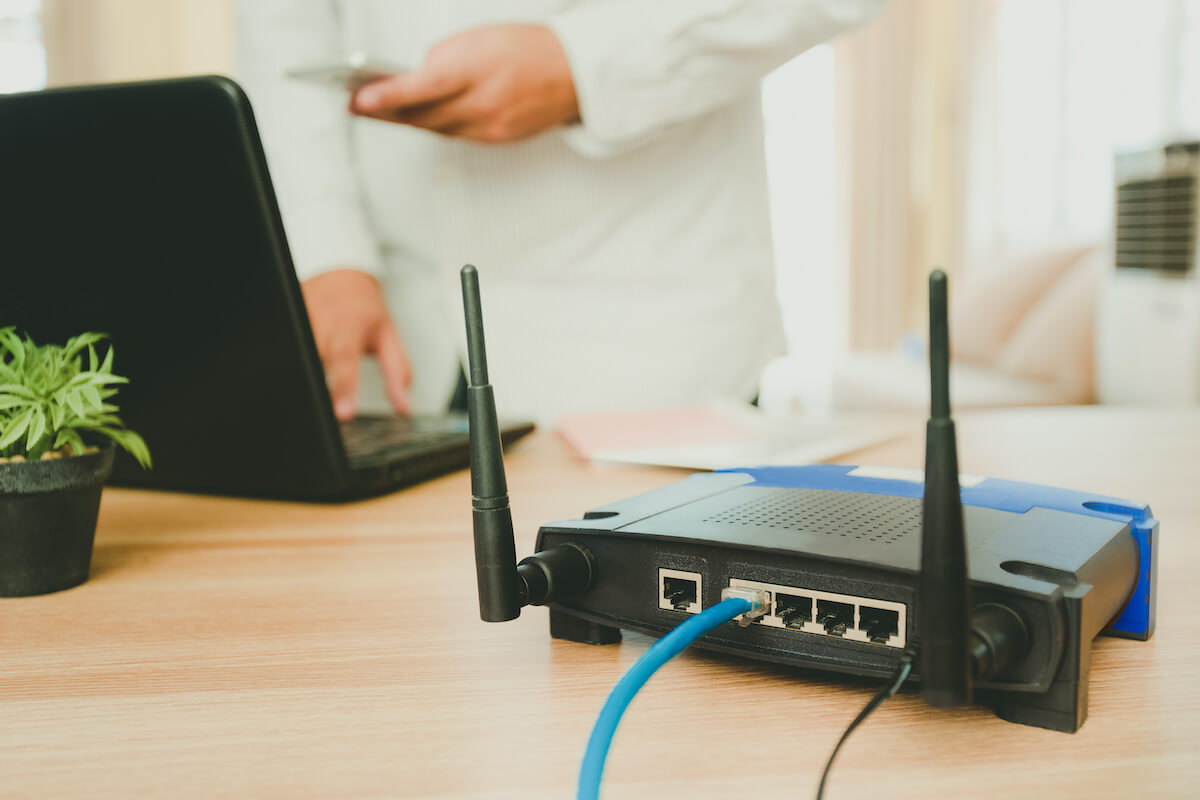
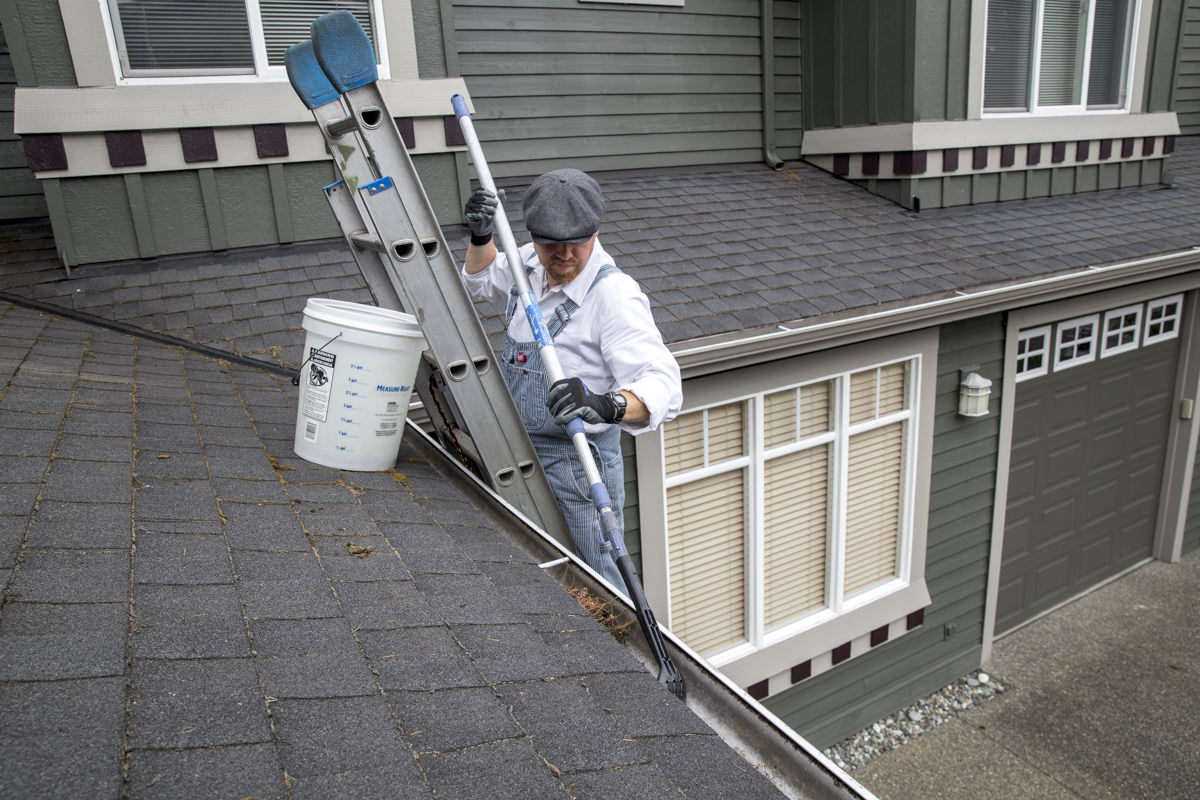
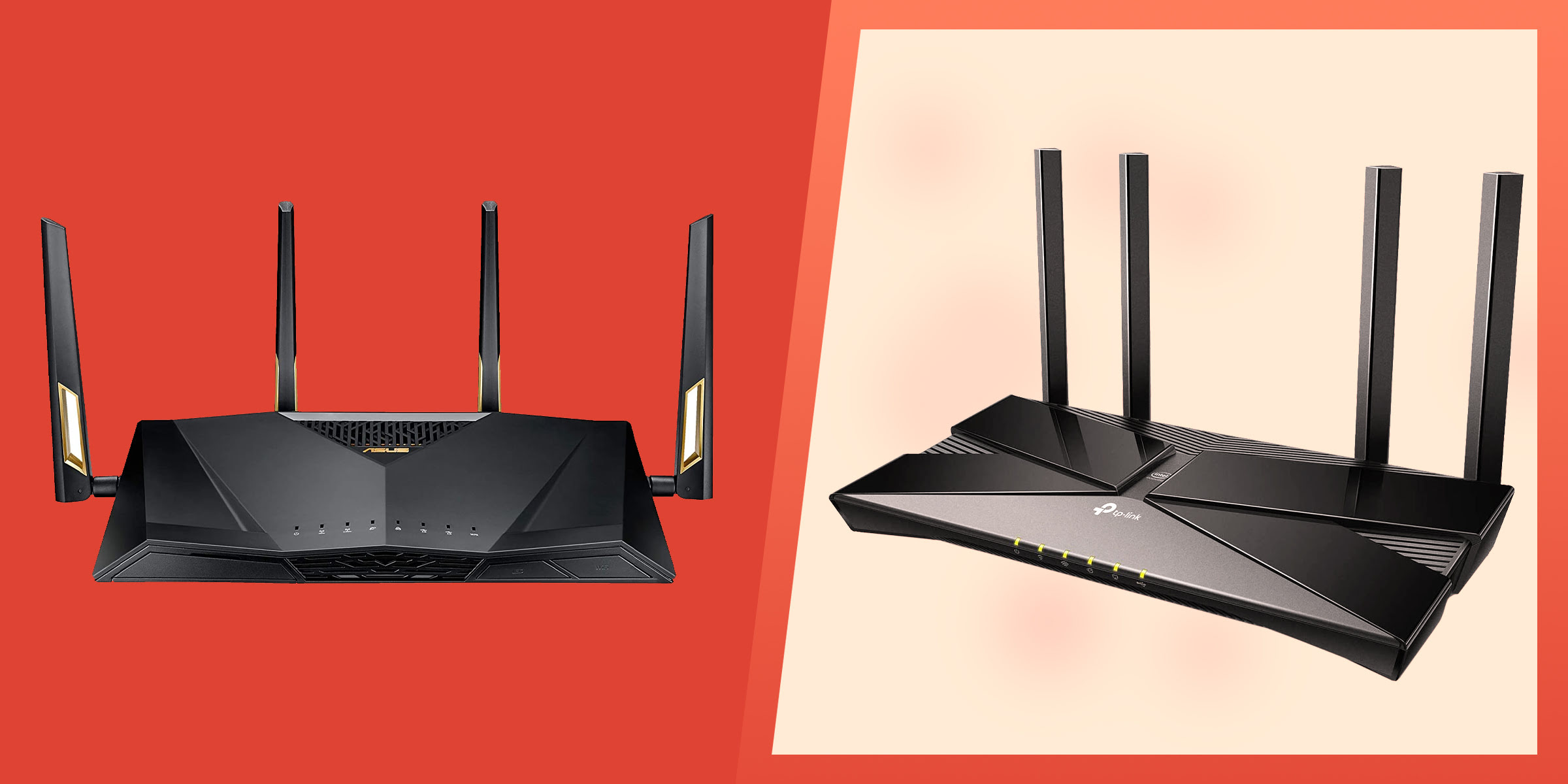
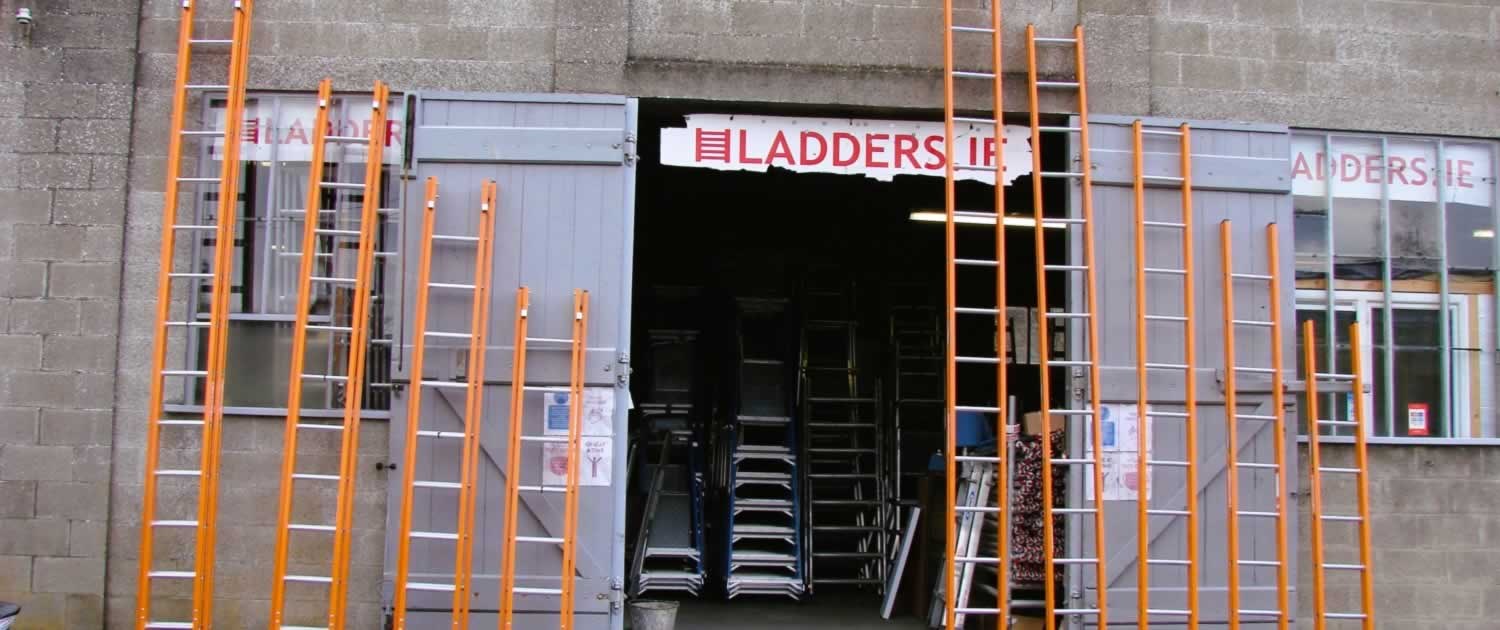


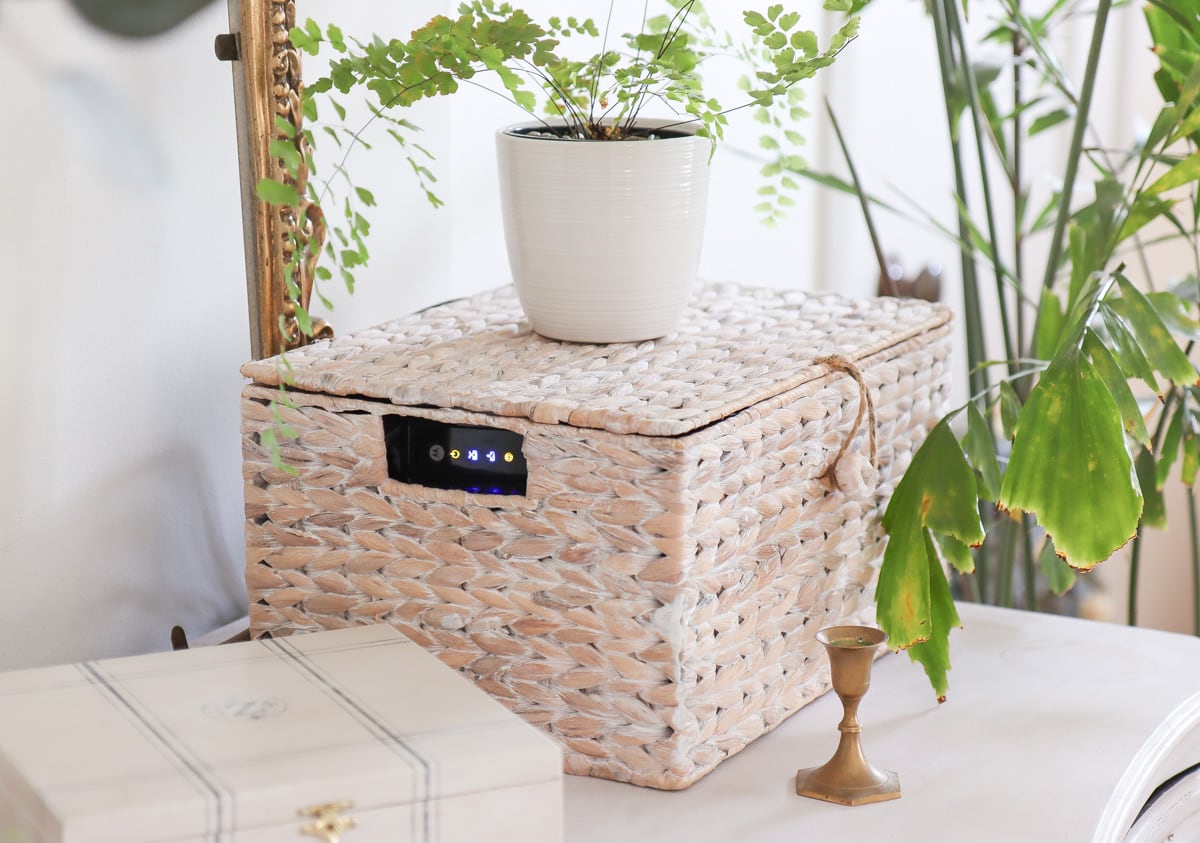
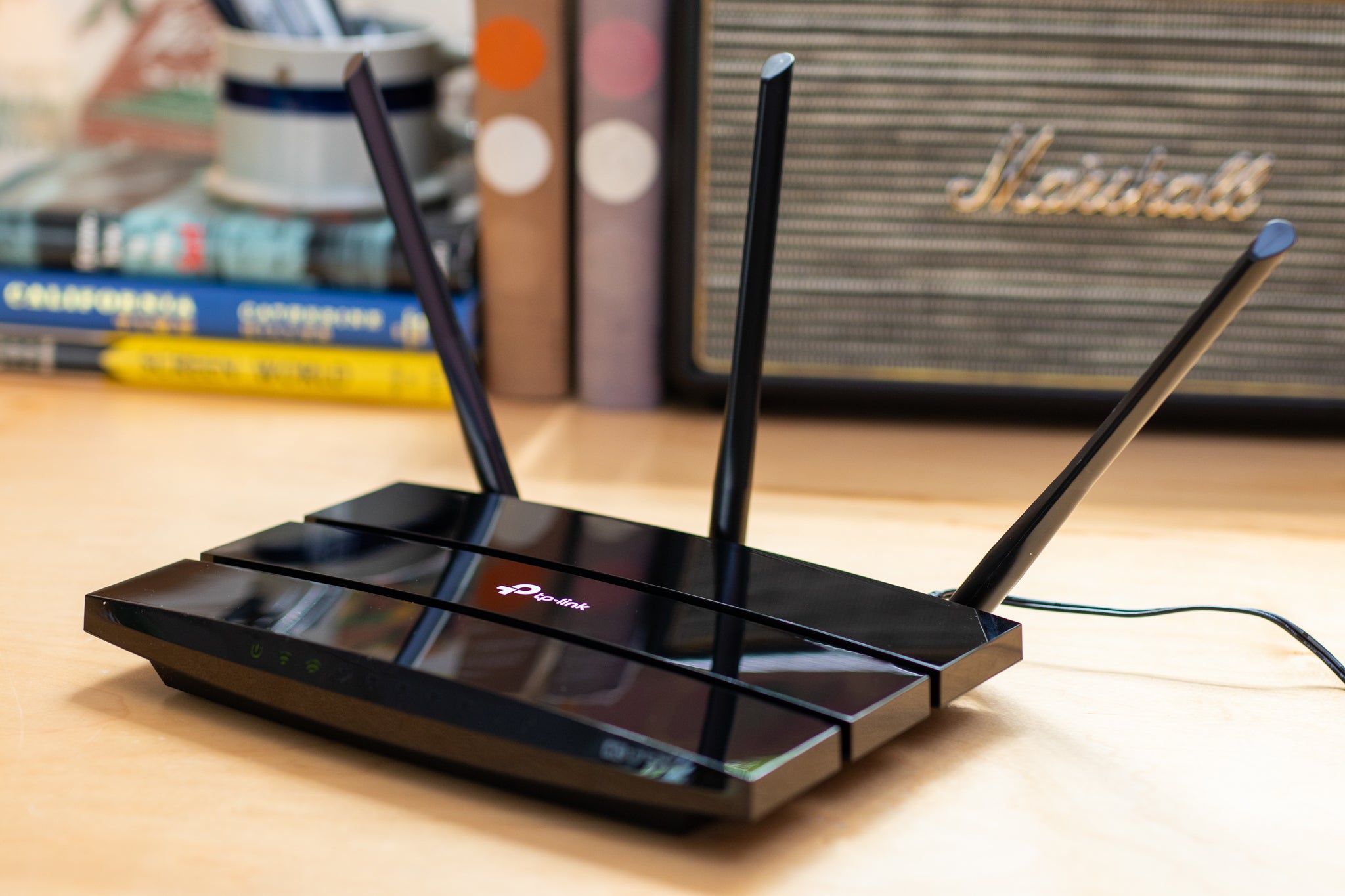

0 thoughts on “Where To Place A Wi-Fi Router In A 2-Story House”